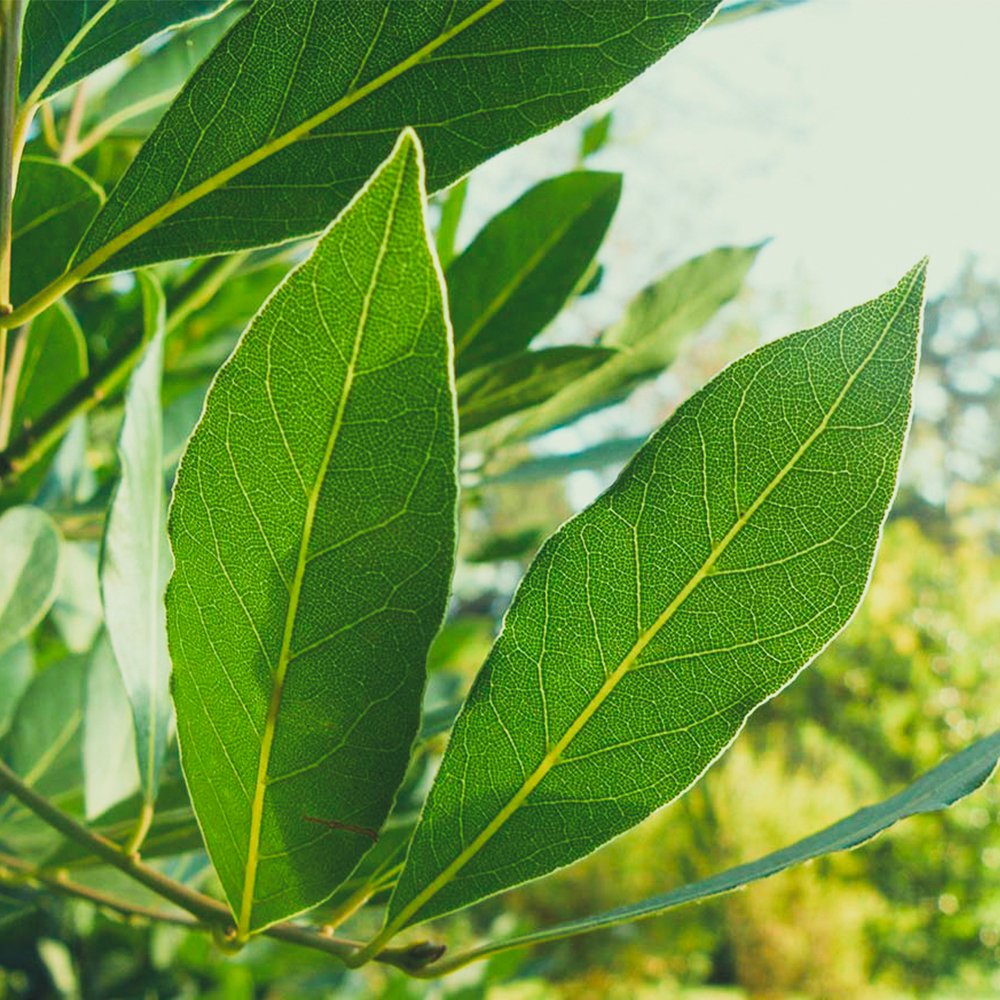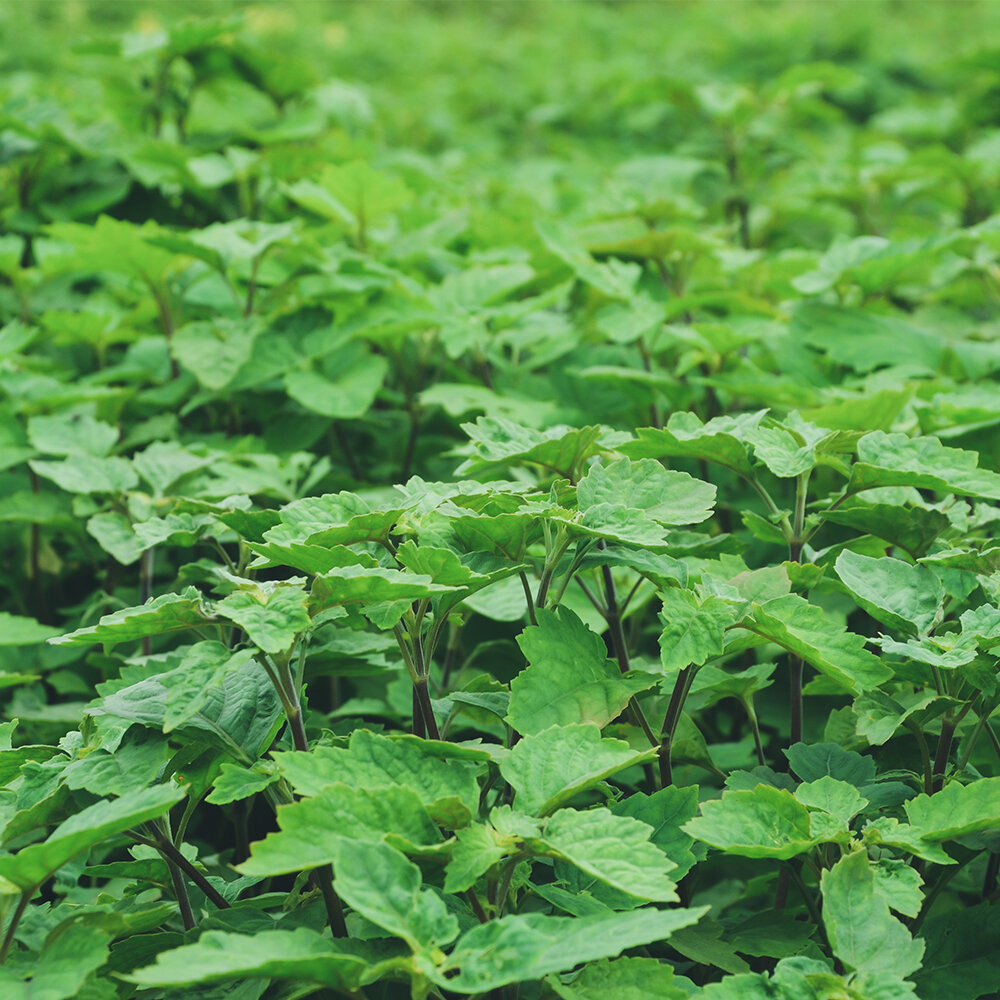 Image 1 of 2
Image 1 of 2

 Image 2 of 2
Image 2 of 2



Iris (Orris) Resinoide
Premium Natural Ingredient for Perfumery
Iris Resinoide, also known as Orris Resinoid, is a high-grade natural extract derived from aged rhizomes of Iris pallida, I. germanica, and I. florentina. This solvent-extracted resinous material is characterized by a rich content of irones, imparting a powdery-floral, violet-like scent with woody and slightly earthy undertones. It serves as a powerful base note and fixative in fine perfumery, especially in iris, violet, leather, and floral-powder compositions.
Premium Natural Ingredient for Perfumery
Iris Resinoide, also known as Orris Resinoid, is a high-grade natural extract derived from aged rhizomes of Iris pallida, I. germanica, and I. florentina. This solvent-extracted resinous material is characterized by a rich content of irones, imparting a powdery-floral, violet-like scent with woody and slightly earthy undertones. It serves as a powerful base note and fixative in fine perfumery, especially in iris, violet, leather, and floral-powder compositions.
Premium Natural Ingredient for Perfumery
Iris Resinoide, also known as Orris Resinoid, is a high-grade natural extract derived from aged rhizomes of Iris pallida, I. germanica, and I. florentina. This solvent-extracted resinous material is characterized by a rich content of irones, imparting a powdery-floral, violet-like scent with woody and slightly earthy undertones. It serves as a powerful base note and fixative in fine perfumery, especially in iris, violet, leather, and floral-powder compositions.
Technical Ingredient Overview
🏭 Manufacturer — International Flavors & Fragrances (IFF)
🧪 Synonyms — Orris resinoid, Iris pallida root extract, Oils orris, Resinoid iris, Orris root extract
📂 CAS — 90045-90-2
📘 FEMA — 2830 (Orris Root Extract)
⚖️ Molecular Weight — 206.32 g mol⁻¹ (γ-irone)
📝 Odor Type — Powdery-floral, violet-like, woody, earthy
📈 Odor Strength — High (≈ 6–7 / 10); > 400 h on blotter
👃🏼 Odor Profile — Elegant violet–iris bloom over creamy, woody, slightly tobacco facets
⚗️ Uses — Fine-fragrance base note & fixative; powder accords; violet, leather and iris themes; high-end cosmetics, niche candles
🧴 Appearance — Viscous dark- to pale-brown paste or thick liquid; water-insoluble
What is Iris Resinoide?
Iris (Orris) Resinoide is the alcoholic extract of aged, peeled rhizomes of Iris pallida, I. germanica and I. florentina. Solvent extraction with light petroleum or benzene, followed by concentration, yields a resin-like mass rich in irones (≈ 62–78 % ketones). This intensely powdery-floral material is prized for luxury perfumery because of its unrivalled violet-iris character and exceptional fixative power.
Historical Background
Early production (late 19ᵗʰ century) – Commercial extraction developed in the Florentine (Chianti) hills as demand rose in Grasse.
Scientific milestone (1893) – Ferdinand Tiemann and Paul Krüger isolated α- and γ-irones, identifying the key odorants.
Modern commercialisation (1970s) – IFF released standardised Orris Resinoide grades; today raw material is sourced mainly from Tuscany and Morocco, with 3–5 years rhizome maturation ensuring quality.
Olfactory Profile & Performance in Fine Fragrance
Scent family & descriptors – Powdery-floral / woody-violet; nuances of suede, carrot-seed and warm earthy butter.
Intensity & tenacity – Highly diffusive; remarkable substantivity on skin (> 24 h) and on blotter (> 400 h).
Role in compositions – Anchors classic iris accords (e.g., Chanel No 19, Prada Infusion d’Iris), bridges woody-leather bases with ionones and methyl-ionones, and softens aldehydic or citrus tops thanks to very low volatility (log Kₒ/ₐ > 4).
Blending tips – Pairs elegantly with β-ionone, methyl cedryl ketone, orris concrete and modern white musks for lift.
Industrial & Technical Uses
Although chiefly a fragrance ingredient, orris extracts are FEMA-GRAS for flavour use at trace levels—most famously adding subtle violet nuance to premium gins. In cosmetics it acts as a natural aromatic and fixative in talcum and luxury skincare.
Regulatory & Safety Overview
IFRA (Amendment 51) – No specific restrictions apply to Iris Resinoide across Categories 1–12; standard sensitiser limits must still be respected.
GHS / EU CLP – Not classified as hazardous; assigned Water Hazard Class 2 (WGK 2).
FEMA GRAS – Listed under 2830 (Orris Root Extract); typical human exposure < 0.01 mg kg⁻¹ bw day⁻¹.
EU Cosmetics Regulation – Not expressly listed; usage requires a standard safety assessment by the responsible person.
Toxicology – Reported oral LD₅₀ (rat) ≈ 9.4 g kg⁻¹; no evidence of mutagenicity in standard assays.
Additional Notes
Formulation compatibility – Stable in most solvent systems; limited solubility in high-water bases.
Sustainability – Harvesting after 3–5 years demands careful crop planning; Tuscan cooperatives have introduced traceable sustainable-farming protocols since 2022.
For deeper exploration – Compare with Orris Butter for textural and analytical differences, or review our article on Ionones to understand synergistic blending with violet aromachemicals.
References
Arctander, S. (1960). Perfume and Flavor Materials of Natural Origin (pp. 494–499). Allured.
ChemicalBook. (2024, December 18). Orris oil (CAS 8002-73-1) — properties & safety.
Food Chemistry & Toxicology. (2023). FEMA GRAS assessment of Orris Root Extract (FEMA 2830). https://doi.org/10.1016/j.fct.2023.113940
IFRA. (2022). IFRA Transparency List — Iris pallida & I. germanica entries.
PubChem. (2025). γ-Irone (CID 6433146) compound summary.
Ventós. (2025). Orris Resinoid – Technical Data Sheet.




